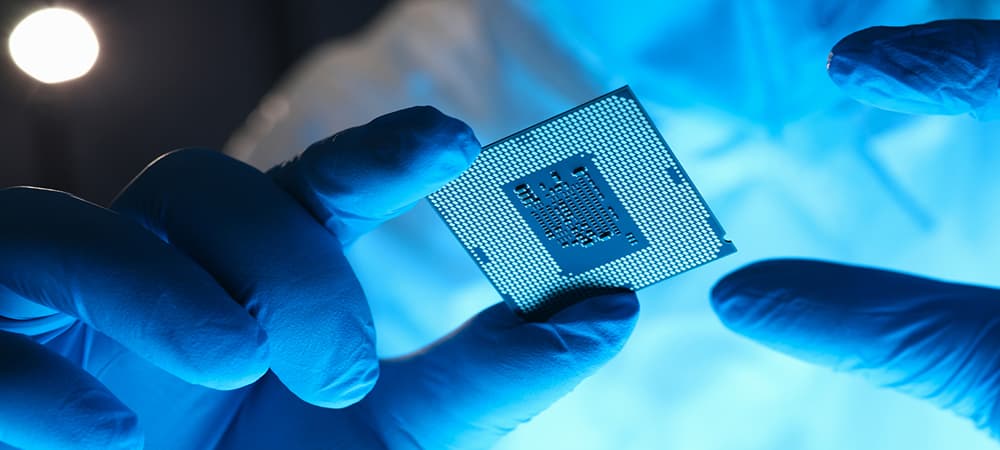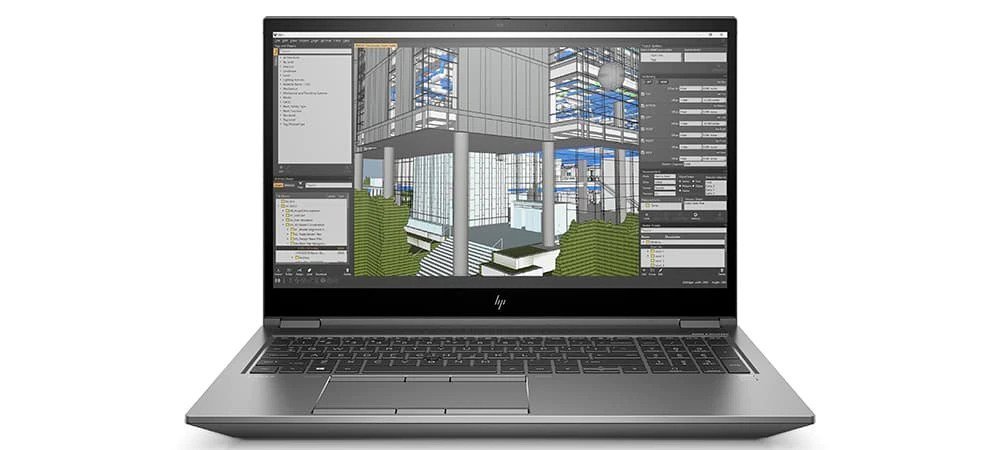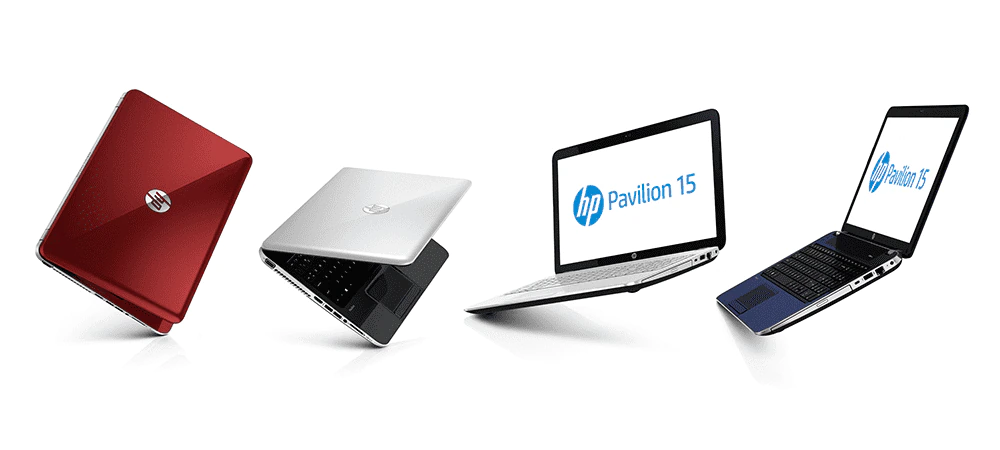Thank you for visiting the MALAYSIA HP Store
-
Contact Us
CONTACT USCall us
- Sales
- 1800 88 4889
- Technical support
- 1800 88 4889
Mon-Fri 8:30AM to 5:30PM
(exc. Public Holidays)
Chat with us- Our specialist are here to help
- Live chat
- Sales
- 60166999350(WhatsApp)
-

Mon-Fri 8.30am - 5.30pm
(exc. Public Holidays)
Live product demo
Store finder Locate our storesSubmit feedback We value your opinion! - Location
- My Account
Why is My Laptop Battery Not Charging?


A dead laptop battery can keep you from getting your work done, but what happens if you can’t get it to charge properly? There are many reasons why a battery may fail to charge, including a faulty battery, inadequate power source, or damaged cord.
Some of the reasons can be fixed quickly as long you know what to do. In this article, we’ll look at why your laptop battery won’t charge and provide the steps you can take to get it working again.
Two related issues to check first
1. RULE OUT CHARGING CORD ISSUES
You need to first make sure that the problem is actually your battery. There are a number of components that work together to power your laptop, so you need to rule everything else out. Start by plugging in your computer to see if the LED light shows power going to the laptop. If it lights up, your device is receiving power, which means your problem isn’t the cord or power source.
If the light doesn't come on, check your cord. Many come in two pieces, so ensure that they are connected tightly. Also, try plugging it into a tested outlet that you know works. You'll want to make sure the place where the power comes into your laptop, also called the "jack," is secure and doesn't wiggle.
One common problem for laptops is that they get bumped where the cord connects, which can cause the charging port to become loose or damaged. As a result, your laptop will fail to receive power and won’t charge the battery.
2. REVIEW YOUR SOFTWARE OPTIONS
Next, see that your computer has proper settings. On Windows 10, you’ll do the following:
- Click on Start, then look for the Power and Sleep Settings (this is called Power Options in older versions of Windows)
- Click Change Plan Settings and review your battery and power savings settings for anything odd
Be on the lookout for potentially troubling battery settings. These can include settings that cause the computer to shut down at a low level, or that trigger sleep mode when you shut the lid or are inactive for a few minutes. Anything that would make your computer turn off, and therefore mimic a battery failure, should be adjusted.
Your battery driver may also be experiencing issues. Again, on Windows 10, follow these steps:
- From the Start menu, look for Device Manager
- Select Batteries and identify the driver for your battery
- Right-click the driver and choose Update Driver
- If the driver needs a newer version, it will update, and you can restart your computer
- If you previously didn't get the charging symbol over the battery icon on your desktop toolbar, but it's showing now, this could have been the problem
How healthy is your battery?
If your battery still isn’t charging, chances are you have a faulty battery. One of the most common reasons a battery may not charge is its health. Old or damaged batteries may only charge partially, lose their power quickly, or go from fully charged to dead in minutes.
If you notice that your battery isn't performing as it once used to and you ruled out all other issues, your battery’s health is probably compromised.
Signs of a worn-out battery include:
- Getting too hot when charging, especially along the bottom of the case where the battery is located
- Losing charge quickly
- Taking too long to charge
One way to inspect the battery is by simply looking at it. Remove the battery from your laptop, but be careful if you’ve just used your laptop because it may be hot. Does the battery appear cracked or swollen? If you see any leaking, a gummy residue, or broken plastic along the surface area, stop using it right away and order a replacement.
Another option is the battery health check, which can tell you more about the condition of a battery that appears to be in good working order but fails to hold a charge. To test your laptop battery, you’ll need to run a battery report. This is easy to do with Windows 10.
How to run a battery report in Windows 10
If your laptop battery won’t charge because it’s outlived its useful life, this report can tell you. To generate one:
- Press the Windows key + X key at the same time
- Select Windows Powershell (Admin) when it pops up
- Click yes when prompted to give permission to make changes to your device
- You will see a small black pop-up window, type powercfg/batteryreport/output “C\battery-report.html” on the first available line and click the Enter key
- Some text will display and then you’ll see a path to where your you can find the report
- Close the window
- Check for the report’s location by using File Explorer. It might be on the Desktop or in your Documents folder
- The report is a browser file, such as Chrome or Internet Explorer. Click the file to open in a browser window
Now that you have found the report, here is what you should look for:
BATTERY CAPACITY
The battery’s intended charging capacity will appear in the right-hand column, but the battery’s actual capacity will be in the left-hand column. As you look down the list, you should see the actual capacity getting slightly lower over time. If there’s a significant difference between the actual capacity and the design capacity in the most recent records, you know that your battery has degraded. Note any sudden drop in capacity, as well.
BATTERY LIFE ESTIMATION
Another important clue for a laptop battery not charging is the battery life. The right column shows how long the battery should last at the current charge for the time it was recorded. The column on the left shows the actual battery life. If the difference is significant, your battery is not lasting as long as it should.
Final battery life estimation will also show at the bottom. If it’s much less than the life you had when you first purchased the computer, that’s a sign of poor battery health.
When it’s time to get a new battery
There's not much you can do to bring a dying battery back to life, although you may have some time left if it’s still functioning and can hold a charge for a few hours. But if you want to avoid losing power when you’re in the middle of an important task, you should be proactive and replace a bad battery before you have an unexpected failure.
If you decide to switch out your battery for a new one, be wary about where you get your replacement battery. While there are many vendors online that sell batteries marketed as compatible with your laptop, it's smart to buy only from approved resellers for your brand of computer. If you own an HP laptop, you can make sure you’re getting the right battery by reviewing our battery finder tool.
A third-party product can have many issues. In addition to being low quality, this type of battery could also void your warranty. Leaky or malfunctioning batteries can ruin your laptop and cause problems far beyond a simple charging issue. For the best battery, visit your manufacturer's website for an authorized replacement.
Batteries not charging is a minor problem
With everything that could go wrong with a laptop, the battery is a rather simple fix. Replacing the battery or even the charging cord is much more affordable than replacing your entire laptop.
Even if you have a broken charging jack, many computer repair shops can easily solder in an approved replacement. Plus, if you've thought ahead and purchased the HP Care Pack, these fixes may be covered by your plan.
- Sales
- 1800 88 4889
- Technical support
- 1800 88 4889
Mon-Fri 8:30AM to 5:30PM
(exc. Public Holidays)
- Our specialist are here to help
- Live chat
- Sales
- 60166999350(WhatsApp)
-

Mon-Fri 8.30am - 5.30pm
(exc. Public Holidays)
Live product demo









